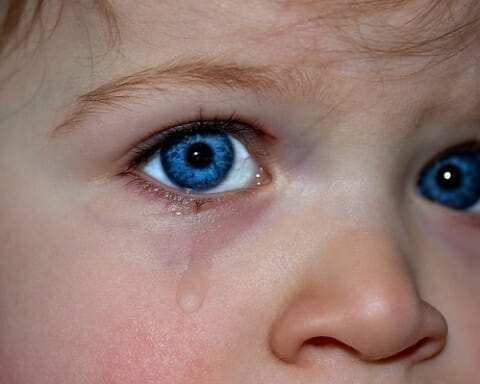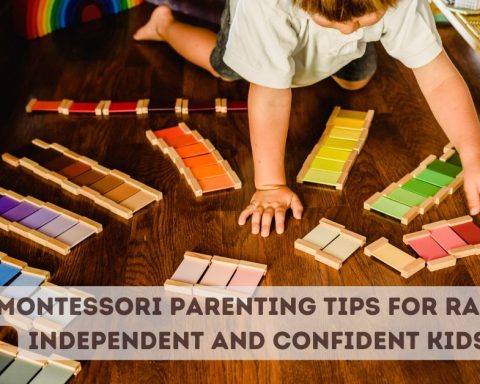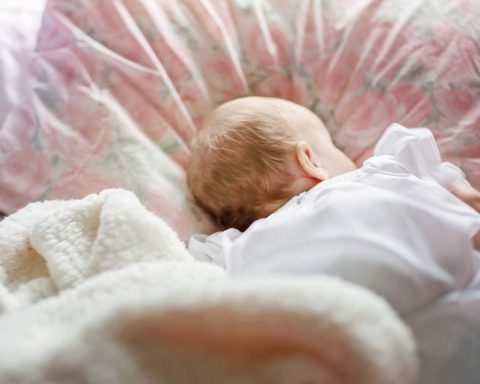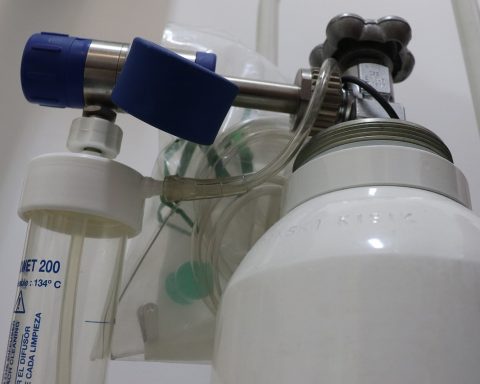Babies spend much of their time sleeping during the first month after birth and wake up only when they are hungry or wet. But after a while, babies are not only awake more often, but they are also awake at the wrong time.
Sleep deprivation is a reality with which parents must deal. It tests parents’ patience and limits. Positive parenting solutions and different strategies can help babies—and parents—sleep better.
The Cry It Out Sleep Training Method versus the No Tears Sleep Training Method
Let’s assess two sleep training methods—Cry It Out (CIO) and No Tears—to see which one falls in line with positive parenting solutions. The CIO method is a popular sleep training strategy developed by Richard Ferber in his somewhat controversial work Solve Your Child’s Sleep Problems.
Advocates of the CIO method believe that picking up, rocking, or nursing a baby to sleep causes long-term sleep dependency issues for the baby. Thus, the CIO method involves leaving the baby alone and letting the baby cry for a certain period of time until the baby falls asleep on his or her own.
The logic behind CIO sleep training is to avoid instant gratification in order to help babies develop self-dependence.
On the other hand, the No Tears method is based on the idea that babies shouldn’t be compelled to cry themselves to sleep; rather, parents should hold, rock, and feed their babies on demand so that the babies feel reassured, secure, and nurtured.
The Effect of the CIO Sleep Training Method on Your Baby’s Mind and Emotional Health
Positive parenting solutions help babies fall asleep, rest, wake up, and grow in a peaceful environment. The cry it out method works to some extent, but babies eventually pay an emotional cost. So, the CIO sleep training method has its limitations.

When a baby (just like any human being) is left alone to cry, the baby eventually becomes exhausted and falls asleep. Therefore, self-soothing is actually a sign of the infant’s resignation. Is this really what parents want their child to experience—confusion, fear, and a sense of abandonment? No.
Nevertheless, advocates of the CIO method insist that babies can soothe their own protests and crying and will eventually go to sleep on their own. However, they ignore the fact that a baby’s mind and body are not equipped or mature enough to handle that kind of stress night after night.
The CIO method cannot possibly work in a few nights, and the stress of prolonged crying can increase blood pressure, elevate cerebral pressure, disturb the digestive and immune systems, and exert pressure on the heart. It can even reopen a part of the heart called the foramen ovale. All of these effects have a long-term impact on the infant’s physical health because the baby’s brain and the rest of the body are still developing.
When babies are stressed, a stress hormone called cortisol suppresses the production of the sleep hormone melatonin. Since babies’ brains are still maturing, the high cortisol levels can damage developing brain cells.
Some research discusses the long-term consequences of the CIO method in detail, saying, “the infant is separated from adult bodies, which causes dysregulation of multiple systems … the child’s stress response, along with other systems, will be misdeveloped with long-term biopsychosocial-health effects.”
On the other hand, positive parenting solutions help strengthen the attachment between the parents and their baby and help nurture the parent-child relationship.
Three Gentle No Tears Sleep Training Methods
Positive parenting solutions can help raise a baby in a healthier, more wholesome way. Here are three sleep training methods that are gentle and involve less fuss and tears:
- The fading sleep training method. The fading sleep training method uses soothing routines, such as rocking or nursing, to help the baby fall asleep. However, the parents are required to gradually reduce the amount of time they spend rocking or nursing the baby. Eventually, the baby learns to start sleeping on his or her own without the need of an external stimulus.
- The pick-up-put-down sleep training method. In the pick-up-put-down method, the parents pick up a fussy baby around bedtime, comfort the baby, and then put the baby down gently. The baby often starts fussing again, so the parents need to pick up and comfort the baby all over again. The cycle repeats until the baby falls asleep without needing any further reassurance.
- The disappearing chair method. The disappearing chair method is for parents who use a crib for their babies. The crib is usually placed far from the parents’ bed. One of the parents is required to put the baby in the crib and sit on a chair next to the crib. The purpose of this arrangement is to reassure the baby of the parent’s presence by using face-to-face contact, singing a lullaby, or patting the baby until he or she falls asleep. The parent then gradually increases the distance between the crib and the chair until the baby learns to sleep on his or her own.
None of these sleep training methods give immediate results. They can take weeks or even months to work. However, in contrast to more direct and somewhat harsh sleep training methods, these methods are gentler in their approach and are more beneficial for a child’s long-term emotional well-being and physical health.
References
- Ferber, Richard. Solve Your Child’s Sleep Problems, Revised edition. New York: Simon and Schuster, 2006. Retrieved from https://books.google.com
- Narvaez, Darcia. “The Ethics of Early Life Care: The Harms of Sleep Training.” Clinical Lactation 4, no. 2 (2013): 66–70. Retrieved from http://docserver.ingentaconnect.com









[…] Positive parenting solutions reviews show that cloth diapers no longer resemble the rags that they used to be. They are usually made of microsuede or fleece material that can absorb a lot of moisture and keep a baby’s bottom comfortable and dry. There are also inserts available that further help prevent leaks. Prefolds with cotton and wool covers can keep a baby’s bottom dry and warm on wintery nights. Better diapers mean better nights for the baby as well as the parents. […]